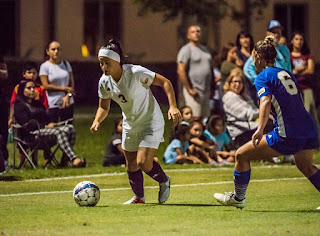Physical therapists (PTs) are highly-educated, licensed health care professionals who can help patients reduce pain and improve or restore mobility – in many cases without expensive surgery and often reducing the need for long-term use of prescription medications and their side effects.
Cancer and its treatments, including surgery, chemotherapy, radiation therapy, and hormone therapy, can result in physical impairments. Physical therapy assists individuals who have been diagnosed with cancer to recover from these impairments – and in some cases to help prevent them altogether! Our goal, as physical therapists, is to help you optimize your physical function, independence, and overall quality of life.
Individuals that receive cancer treatments typically experience extensive physical limitations during and after treatments. The most common impairments that are usually identified by the physical therapists are: decreased strength, decreased range of motion (ROM), decreased joint mobility, postural dysfunction, soft tissue restrictions, lymphedema, gait deviations, soft tissue fibrosis, CRF, skin integrity issues, pain, incontinence and urgency or frequency.
It has been proven that physical therapists’ management of these cancer-related treatment effects and strategies are directly related to their training and skills. For example, effective lymphedema management strategies may include lymphatic massage, aerobic exercise, and extremity bandaging. Some studies demonstrate the efficacy of targeted aerobic training and strengthening exercises for the prevention and management of CRF and physical deconditioning during and after treatment in various types of cancers. Additionally, clinicians may ascertain physical limitations in patients with cancers. For example, urinary and sexual dysfunctions are common in men treated for prostate cancer, and upper extremity dysfunction and lymphedema are common in women with breast cancer. People with head and neck cancers may have difficulty with eating and speaking. Still, these physical issues are specific to the location of the cancer in the body and the types of treatments patients receive, but they do not necessarily provide a complete clinical picture of the patient with cancer, such as medication use, the number and types of cancer treatments.
Your Physical Therapist may refer you to other healthcare professionals or services such as:
• Occupational therapy
• Speech therapy
• Registered Dietician for nutrition and weight management
• Professional psychological support
• Palliative care for pain management
• Support groups
• Community exercise programs
• Occupational therapy
• Speech therapy
• Registered Dietician for nutrition and weight management
• Professional psychological support
• Palliative care for pain management
• Support groups
• Community exercise programs
Regular Physical Therapy has provided a vehicle for recovery that creates a sense of ‘self-power’ defined as taking ownership and control of one’s health to increase well-being. It is never too late to utilize rehabilitation services for cancer recovery. If you find that you are having trouble accomplishing daily tasks or functioning at your prior level of independence, seek out a rehabilitation expert and regain your vitality.
No matter what area of the body ails you – neck, shoulder, back, knee – physical therapists have an established history of helping individuals improve their quality of life. A physical therapist can help you learn to move without pain while feeling renewed and ready to move on.
We encourage you to learn as much as possible about your illness or condition. The best resources include The American Cancer Society (www.cancer.org/), the Susan G. Komen Foundation (http://www.info-komen.org/), the National Lymphedema Network (https://lymphnet.org/), and others available for every specific type of cancer. Also, read our article Importance of Physical Therapy in Cancer Recovery.
For more info visit: www.cardioflextherapy.com




















